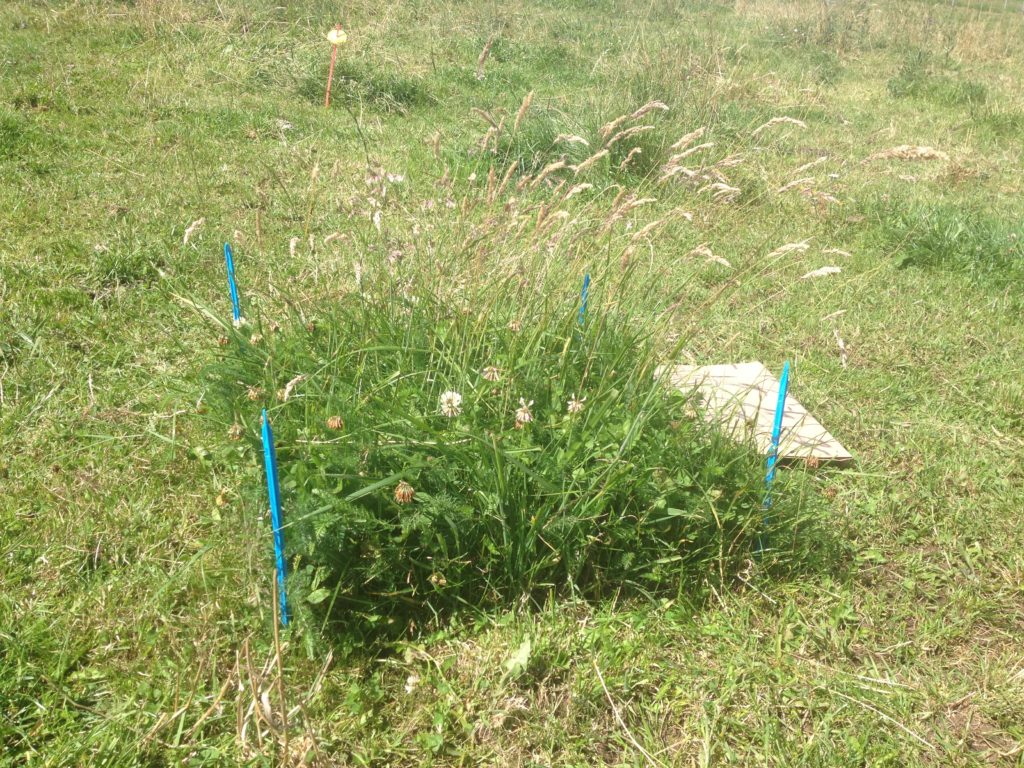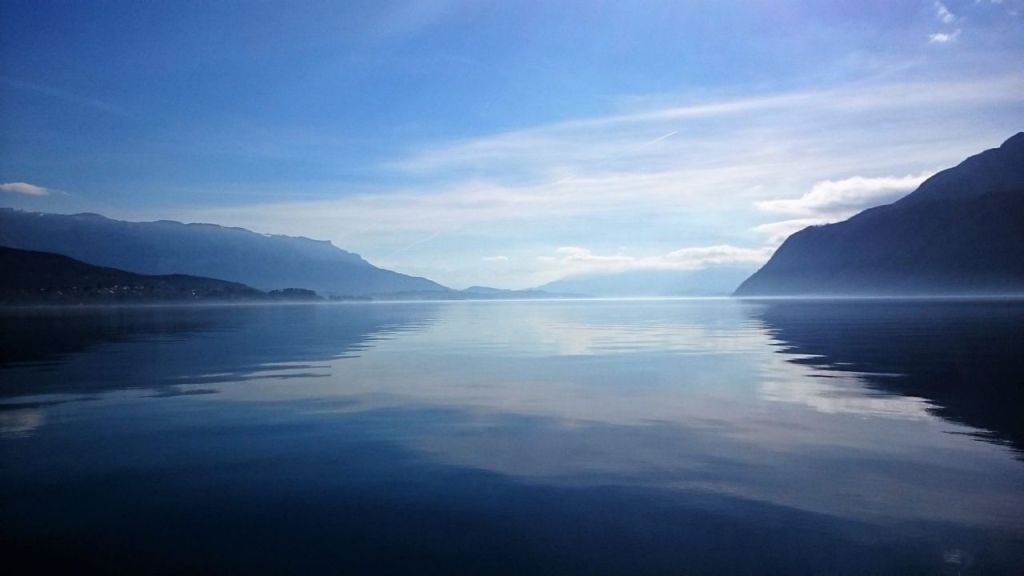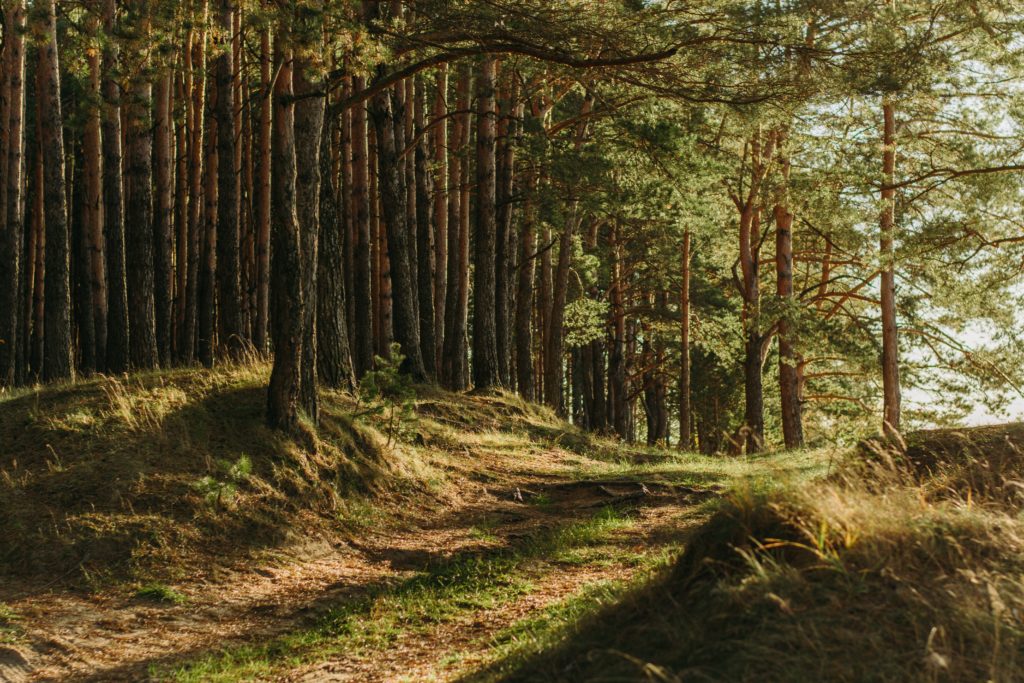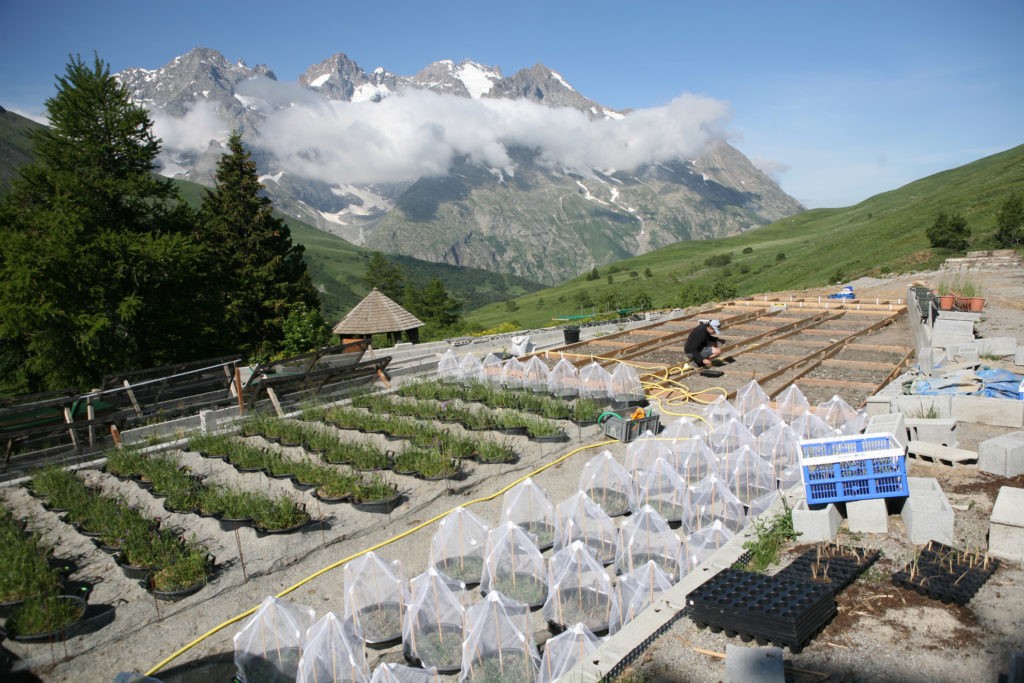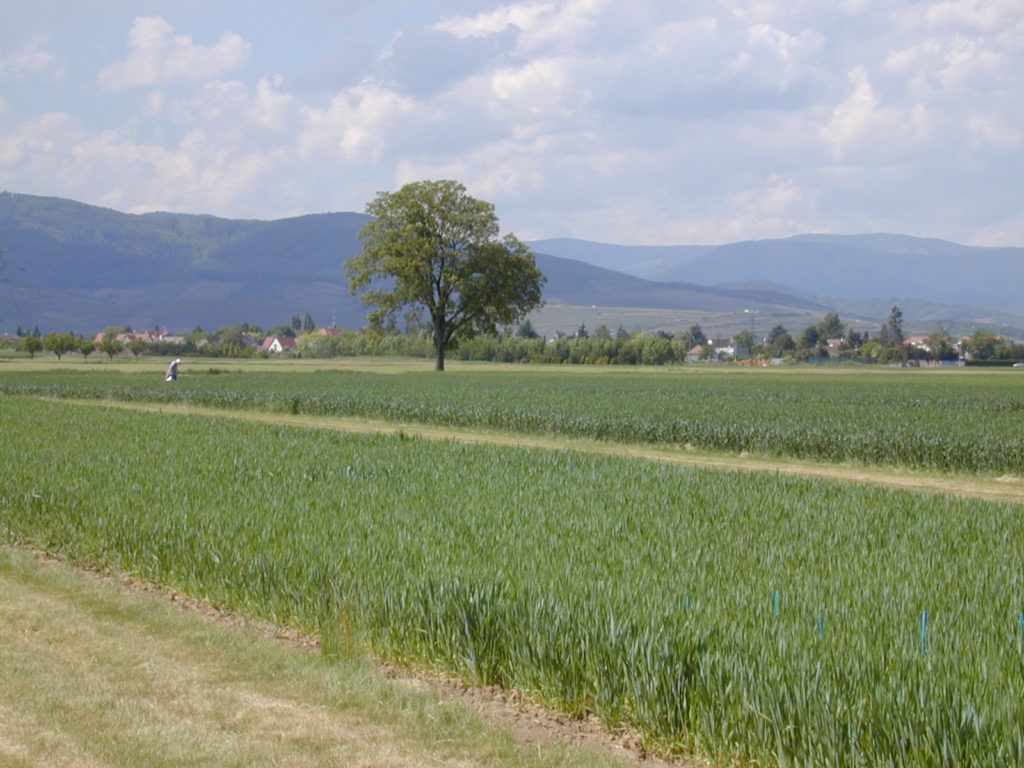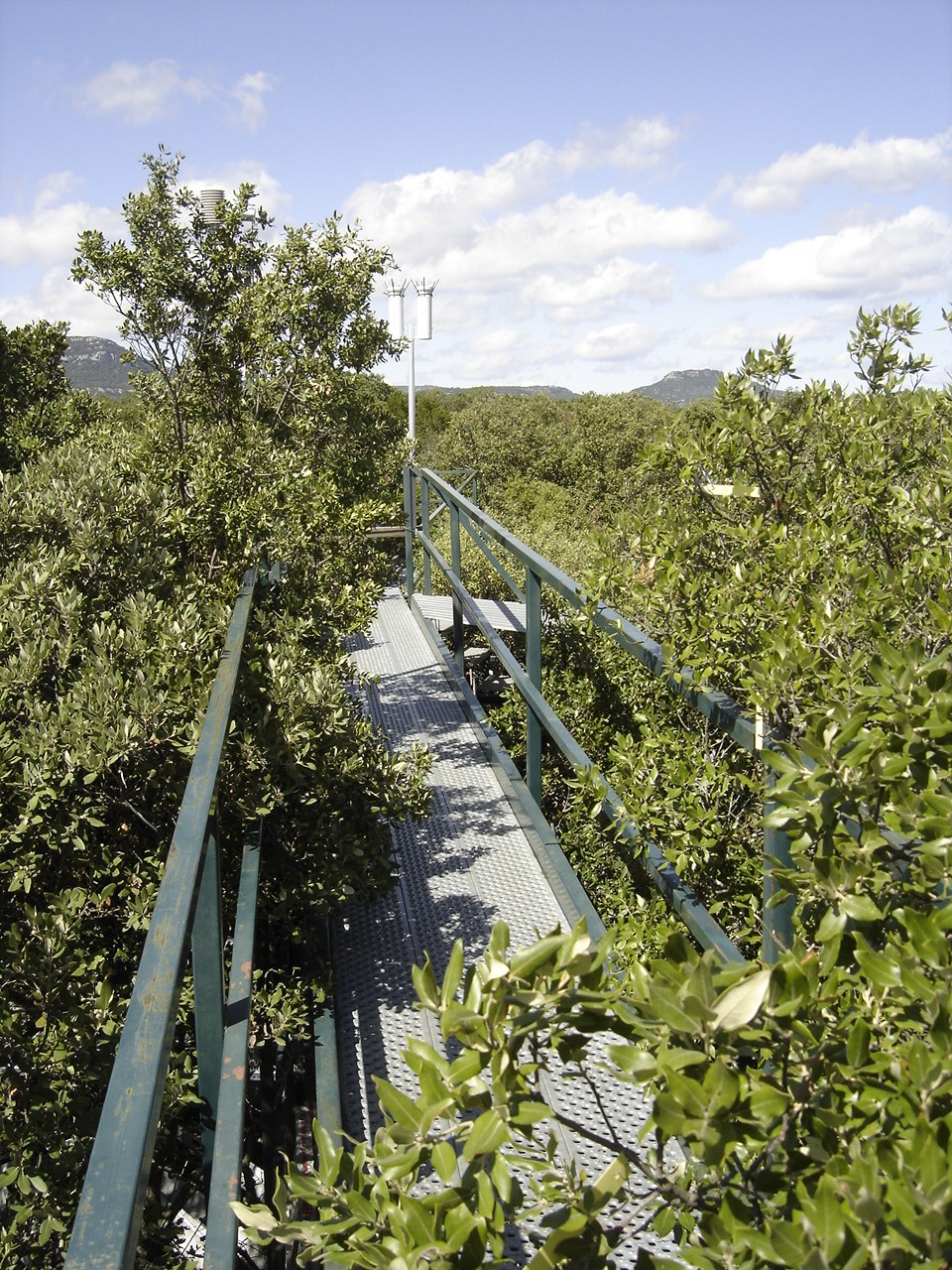
Puéchabon
Introduction
The experimental site of Puéchabon is a highly instrumented natural site dedicated to the study of all aspects of the functional ecology of a Mediterranean forest ecosystem subject to climate change. The main research themes addressed concern the biogeochemical functioning of the ecosystem, tree ecophysiology, forest management and biodiversity. The Puéchabon site is located in a Hérault holm oak forest near Montpellier, and is typical of evergreen Mediterranean coppices that are subject to recurrent droughts.
This experimental site owes its unique scientific interest to the co-location of various equipment and long-term experiments:
- A tower for measuring water and carbon flows by turbulent correlations:
A 12 m high tower is equipped with an eddy correlation flow measurement system that has been used to establish the ecosystem's water, CO2 and energy balances on a half-hourly scale since 1998. The data collected by this flow tower are open and available for download on various international databases (CarboEurope, FLUXNET 2015, LaThuille database). This measurement system is part of the European ICOS infrastructure (Integrated Carbon Observation System). - A long-term rain exclusion experiment:
An experiment to reduce precipitation by 30% has been continuously monitored since 2003. This experiment uses gutters installed under trees to passively exclude part of the precipitation by preventing it from reaching the ground. The experiment includes 4 treatments: a control treatment, a dry treatment receiving 30% less rain, a thinned treatment where tree density has been reduced by 30%, and a thinned and dry treatment crossing the two effects. Each of the treatments is replicated 3 times, so the experimental set-up includes a total of 12 plots. One of the replicas of this experiment is equipped with walkways to access the canopy and automatic environmental sensors. - A rain exclusion by movable roof:
A rain exclusion experiment using a sliding roof was installed in 2007. A movable roof 12 m wide and 20 m long can move over the forest to cover 2 experimental plots alternately and exclude all precipitation without changing the climate outside the rainy season. The two experimental plots plus a control are equipped with walkways to access the canopy and automatic environmental sensors. - Experience in silvicultural management:
The site has data on tree growth and primary aerial productivity since 1984, and a silvicultural thinning experiment on coppice including 5 treatments of thinning replicated 3 times.
Proposed services
- Custom experimental services in natura;
- Access service for in natura long-term experiments;
- Data providing services;
- Sample providing services.
Types of ecosystems
ForestIn natura experimentation
Jean-Marc Limousin
Scientific manager
Contact by email
Location
1919, route de Mende, 34293 Montpellier 5, France
